
AeroGenie – Ihr intelligenter Copilot.
Trends
Categories
A330 and 787 Crews Overlook Reduced Runway Operations
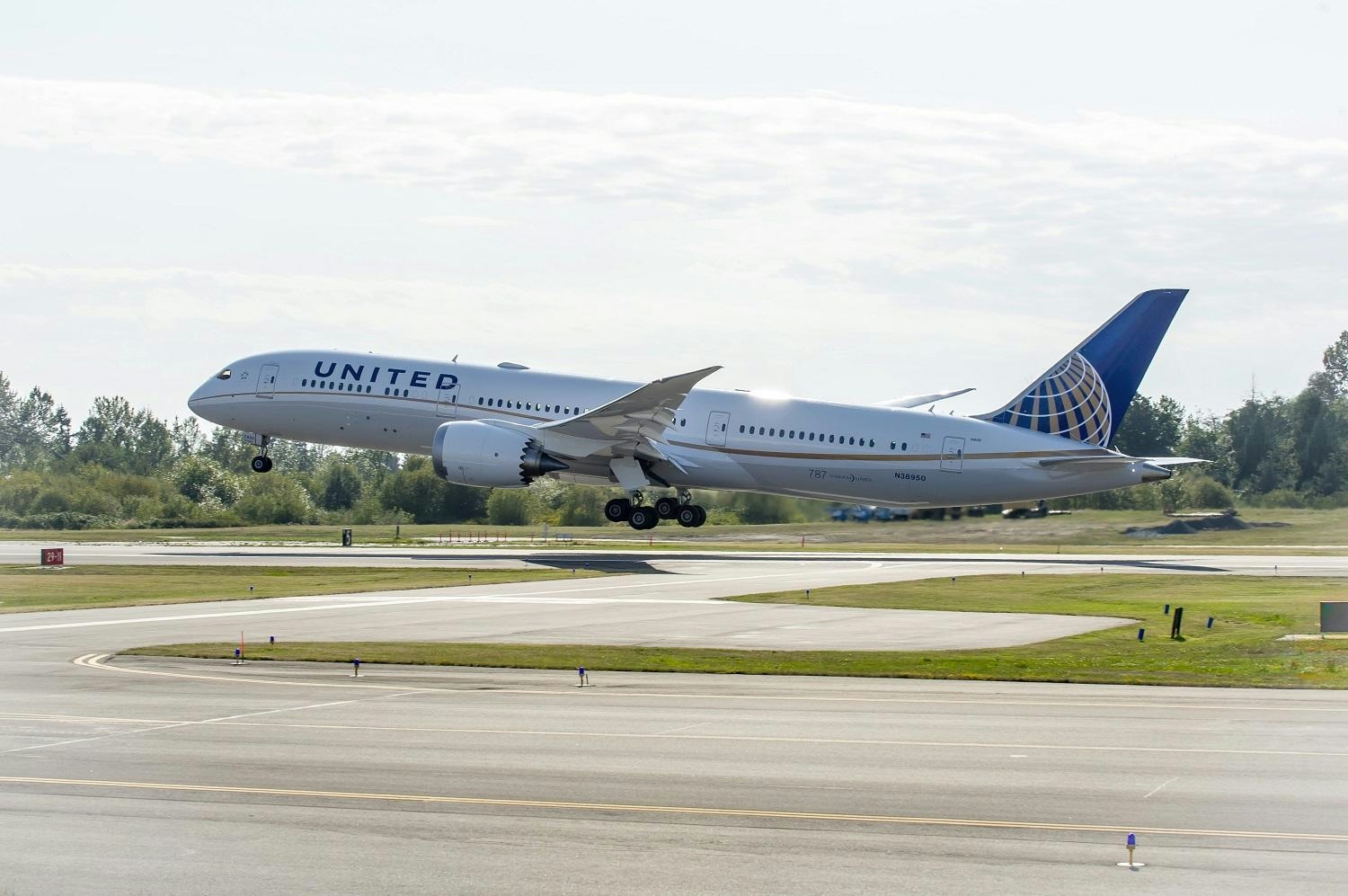
A330 and 787 Crews Overlook Reduced Runway Operations at Melbourne Airport
In September 2023, two widebody aircraft crews failed to recognize temporary reduced runway length operations at Melbourne Airport, resulting in both jets overrunning the shortened runway end during takeoff. The Australian Transport Safety Bureau (ATSB) has classified these nighttime incidents, which occurred 11 days apart, as “serious” safety events.
Details of the Incidents
At the time, runway 34 at Melbourne Airport had been temporarily shortened by 1,568 meters (5,144 feet) to facilitate resurfacing works. On 7 September, a Malaysia Airlines Airbus A330-300 (registration 9M-MTL) departed for Kuala Lumpur, followed by a Bamboo Airways Boeing 787-9 (VN-A819) bound for Hanoi on 18 September. In both cases, the aircraft passed dangerously close to workers and vehicles positioned at the temporary runway end. Although no physical injuries were reported, one worker sustained a stress-related injury due to the proximity of the aircraft.
The ATSB investigation revealed that both flight crews failed to acknowledge the reduced runway length and instead used the standard full-length runway for their takeoff performance calculations. This miscalculation led to reduced-thrust engine settings and takeoff runs that extended beyond the temporary runway limit. While both crews had been notified of the runway works, they expected dispatchers to explicitly highlight the reduced runway length—a step that dispatchers did not take. The Bamboo Airways crew also faced additional operational pressures, including delays and aircraft power outages, which contributed to their workload.
Operational and Safety Implications
These incidents highlight the complexities and inherent safety risks associated with reduced runway operations, particularly for large aircraft such as the A330 and 787. The challenges are not isolated to Melbourne; similar near-misses, including a recent A330 event at Los Angeles International Airport, underscore the ongoing need for vigilant air traffic management and stringent safety protocols worldwide.
At Melbourne, risk controls relied primarily on procedural measures, notably a NOTAM (Notice to Airmen) to communicate the temporary runway changes. In response to the incidents, both Malaysia Airlines and Bamboo Airways have revised their operational procedures and dispatcher guidance to better address such scenarios. Airservices Australia is currently reviewing three proposed amendments to air traffic control procedures aimed at improving the delivery of essential aerodrome information during runway works, with implementation anticipated by March 2026. Furthermore, the International Civil Aviation Organization (ICAO) has updated Annex 14 to mandate the use of high-visibility orange signage for temporary runway modifications.
Industry Response and Broader Context
The aviation market has responded to these events with heightened scrutiny of airline safety protocols and operational efficiency. Competitors may adopt similar procedural enhancements or invest in new technologies to mitigate risks associated with reduced runway operations. Meanwhile, manufacturers such as Boeing continue to expand production capacity, exemplified by increased 787 assembly in South Carolina, to meet strong market demand despite the operational challenges highlighted by these incidents.
During the 7 September event, the Malaysia Airlines A330 was carrying 235 passengers and 12 crew members. The Bamboo Airways 787 on 18 September had 199 passengers and 13 crew on board. Both flights proceeded safely to their destinations without further incident.
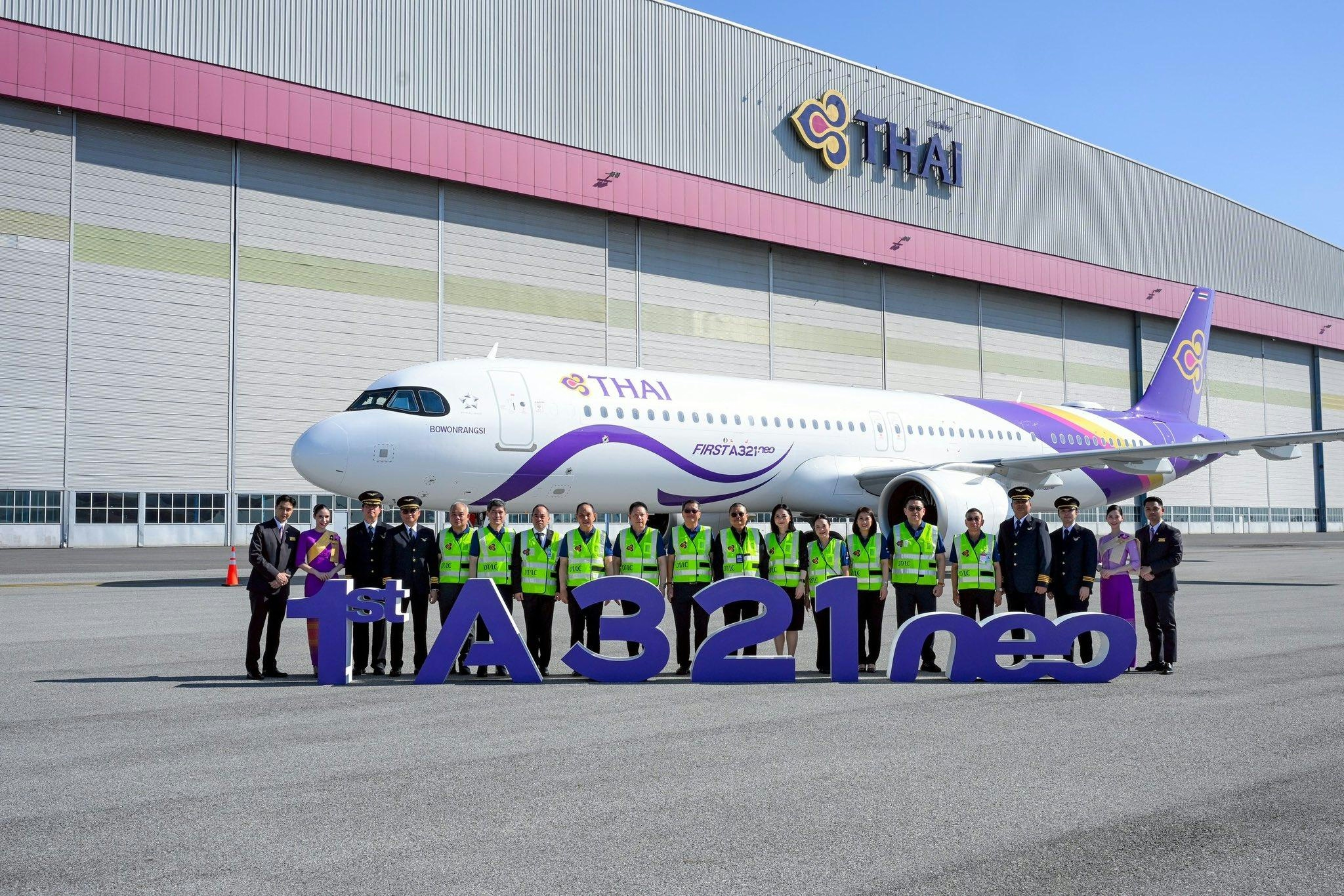
Thai Airways Receives First A321neo Aircraft
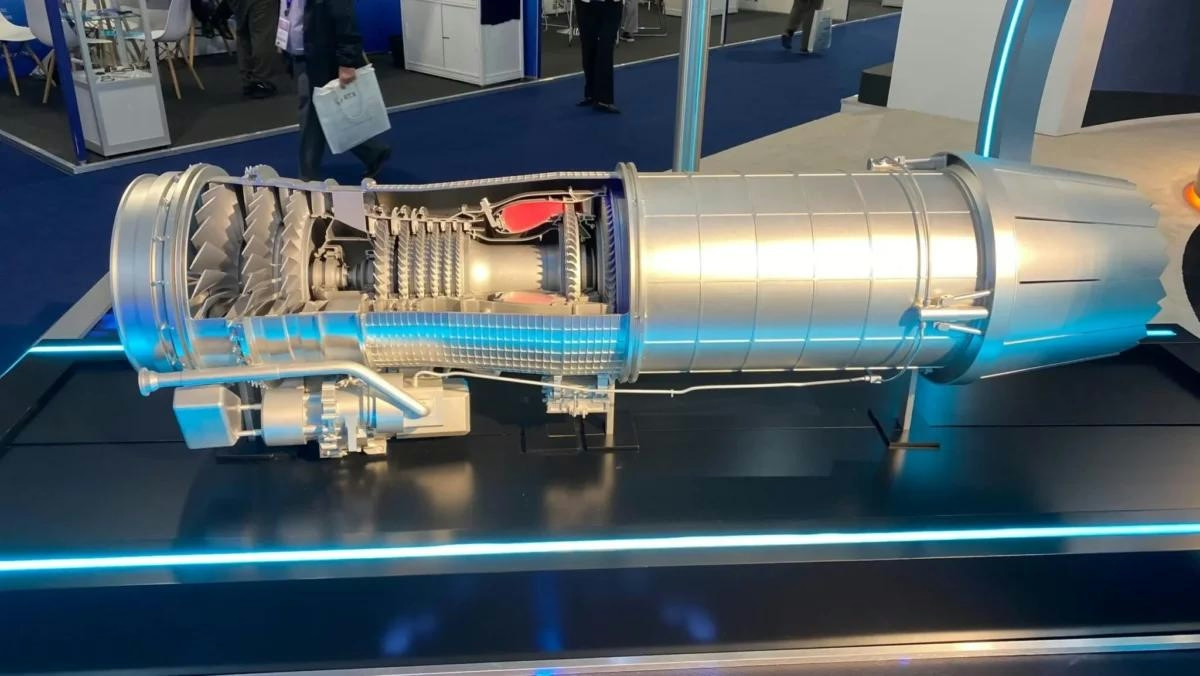
Seoul Invests 3.35 Trillion Won in New Fighter Jet Engine Development
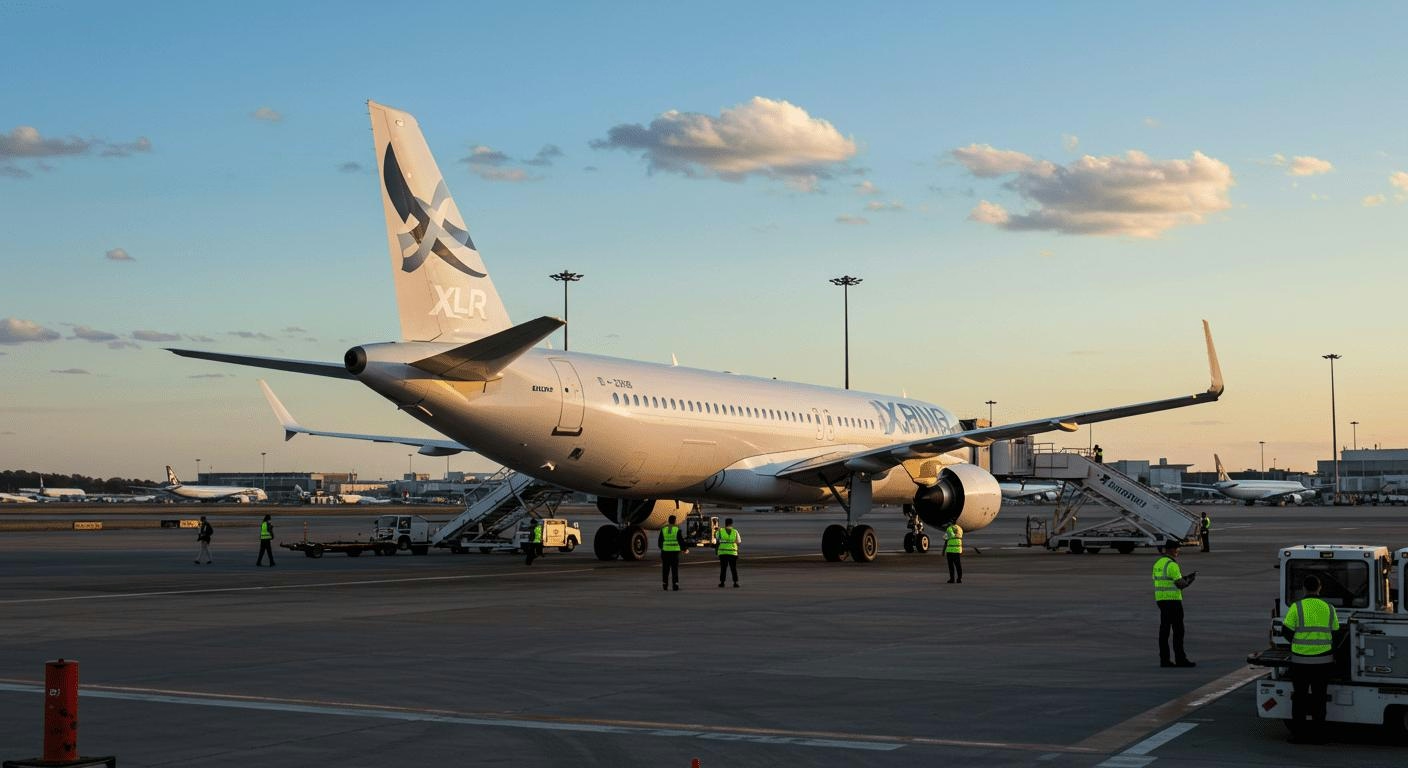
Can the A321XLR Replace Widebody Aircraft?
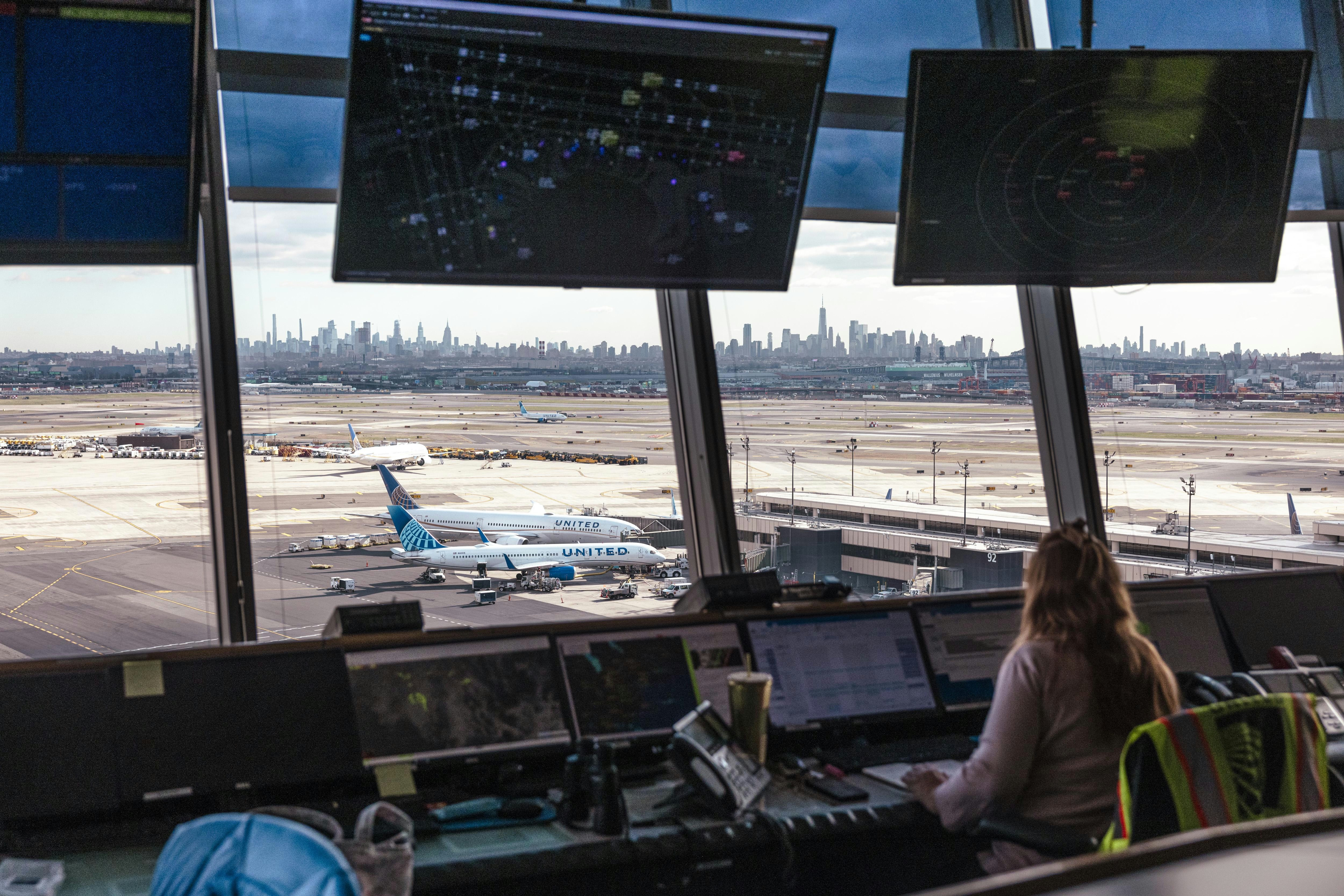
Airline Uses AI to Hold Flights for Passengers with Tight Connections

How Airlines Use AI to Set Flight Prices and What Consumers Can Do

Juniper Expands Fleet with Converted Freighter Leasing

FlyOnE Launches Air-Taxi Service to Rottnest Island
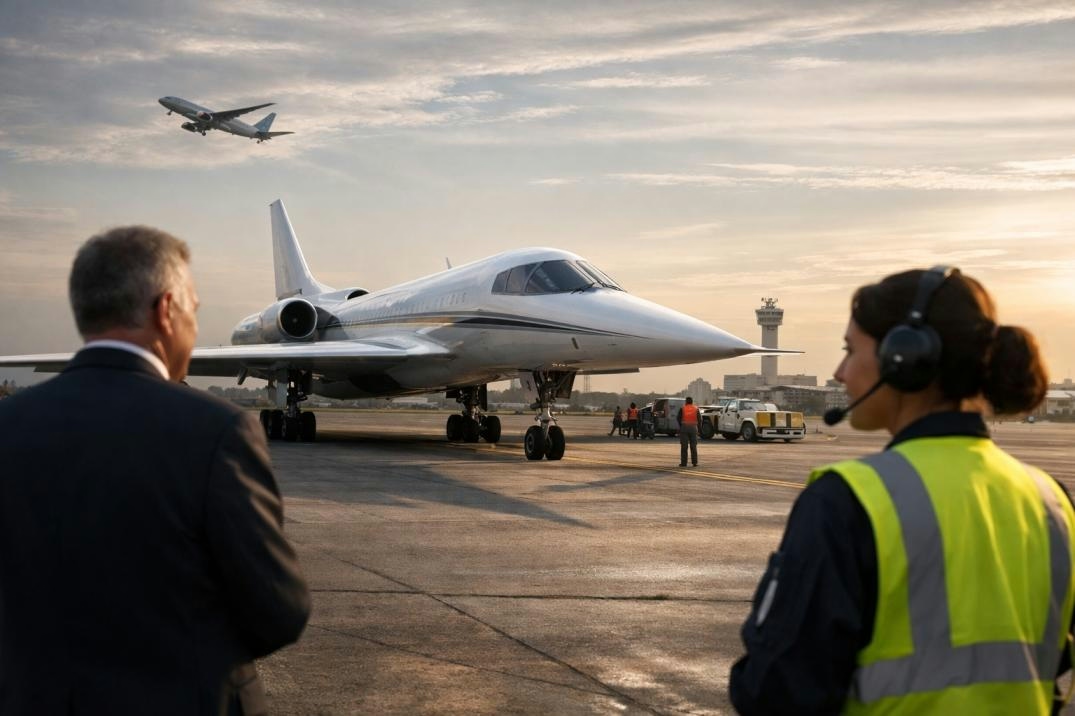
U.S. Plans to Resume Civil Supersonic Flights with Industry Support

MIT Proposes Method to Reduce Airplane Contrails and Climate Effects
